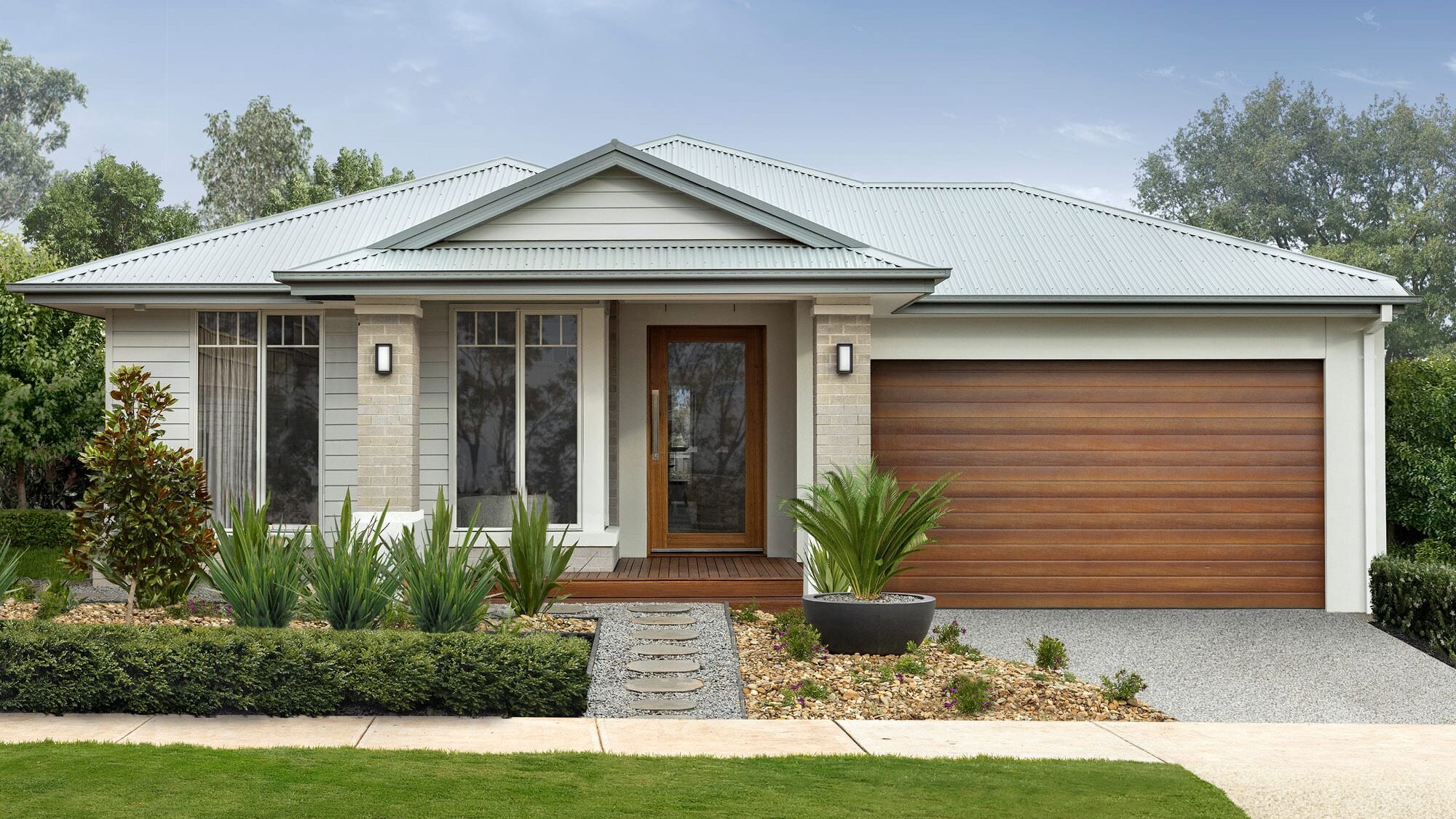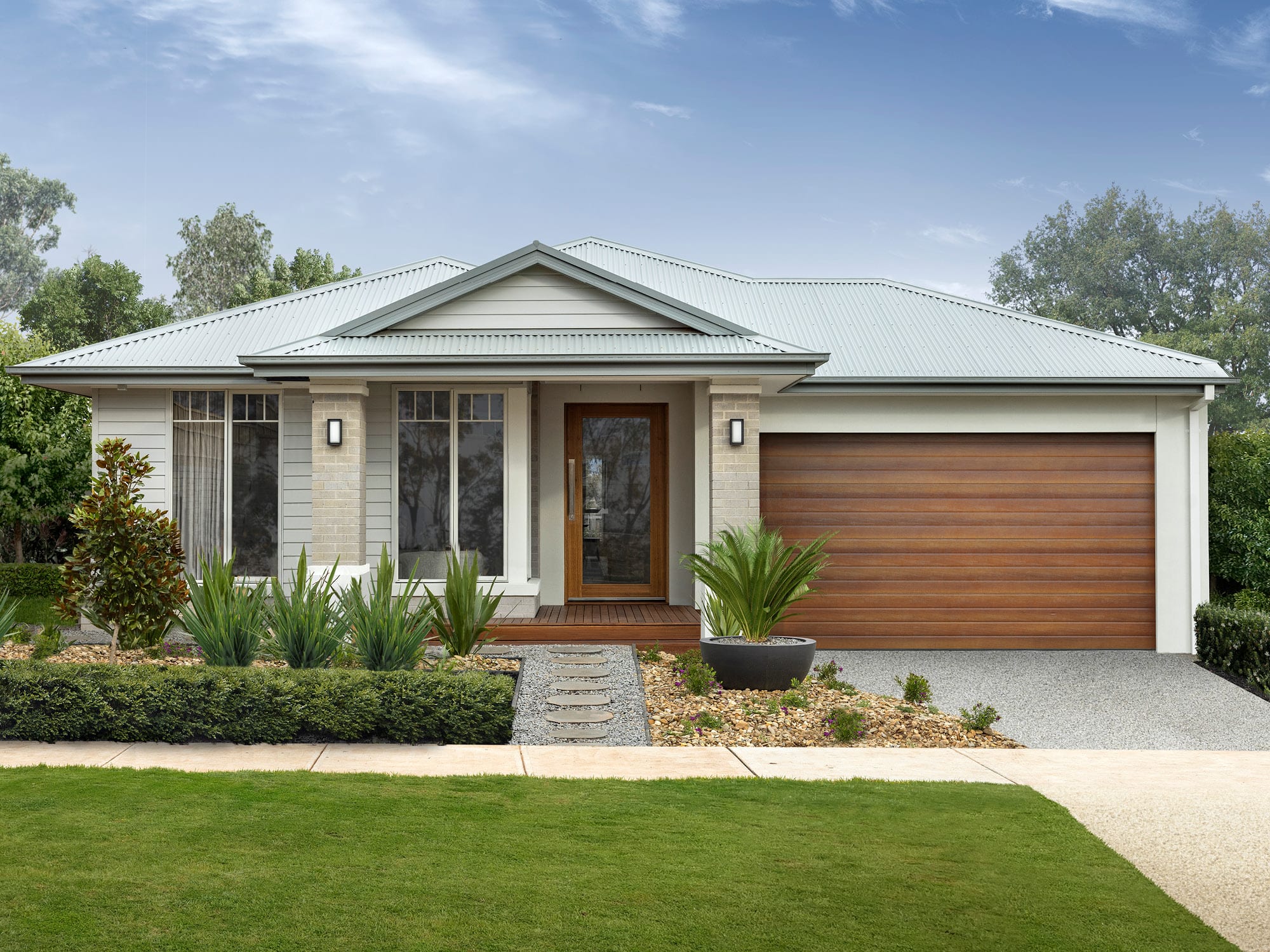When it comes to roofing options for Melbourne builders, two of the most popular choices are Colorbond metal roofing and traditional tile roofing. Each has its own advantages and potential drawbacks, making it essential for builders to consider factors such as durability, cost, maintenance, and aesthetics before making a decision.
In this blog, we’ll compare Colorbond and tile roofing to help builders determine the best option for their projects.

1. Durability and Weather Resistance
Colorbond Roofing
- Made from high-quality steel and coated with a corrosion-resistant finish.
- Withstands harsh weather conditions, including heavy rain, extreme heat, and high winds.
- Highly resistant to rust and does not absorb moisture, reducing the risk of mold and rot.
Tile Roofing
- Typically made from terracotta or concrete, offering good resistance to the elements.
- Heavyweight helps it stay secure in strong winds but may crack under extreme weather conditions or impact (e.g., falling branches).
- Prone to moss and lichen growth, requiring occasional cleaning.
Winner: Colorbond for overall durability and weather resistance.
2. Cost Considerations
Colorbond Roofing
- Generally more affordable in terms of materials and installation.
- Lightweight nature means lower installation costs and reduced structural requirements.
- Long-term cost savings due to lower maintenance needs.
Tile Roofing
- More expensive upfront, especially for premium terracotta tiles.
- Heavier weight may require additional structural support, increasing construction costs.
- Potential for higher maintenance costs due to tile breakage or moss buildup.
Winner: Colorbond for cost-effectiveness.
3. Maintenance and Longevity
Colorbond Roofing
- Minimal maintenance required due to its corrosion-resistant coating.
- Regular inspections and occasional washing help maintain its appearance.
- Typically lasts 30-50 years with proper care.
Tile Roofing
- Requires more frequent maintenance, especially in damp environments where moss and lichen can grow.
- Individual tiles can crack and may need replacement over time.
- Longevity can exceed 50 years, but ongoing maintenance is necessary.
Winner: Colorbond for lower maintenance; Tiles for longevity if well-maintained.
4. Aesthetic Appeal
Colorbond Roofing
- Available in a wide range of contemporary colors and finishes.
- Sleek, modern look that complements contemporary home designs.
- Can be customized to match different architectural styles.
Tile Roofing
- Offers a classic and timeless aesthetic, particularly for Mediterranean or heritage-style homes.
- Wide range of colors and textures available.
- Can enhance curb appeal for traditional home designs.
Winner: Tie – depends on the style of the build.
5. Energy Efficiency
Colorbond Roofing
- Reflects more heat, reducing indoor temperatures and cooling costs in summer.
- Can be paired with insulation for improved energy efficiency.
Tile Roofing
- Natural thermal mass helps retain heat in winter but can also absorb heat in summer.
- Requires additional insulation to optimize temperature control.
Winner: Colorbond for heat reflection; Tiles for thermal retention in colder months.
Which Roofing Option Is Best for Melbourne Builders?
Ultimately, the best choice depends on the project requirements:
- For modern and cost-effective builds: Colorbond is the superior option due to its durability, low maintenance, and affordability.
- For traditional and heritage-style projects: Tile roofing offers a classic aesthetic and long-term durability.
Need help choosing the right roofing for your next project? Let us take the stress out of your roofing needs. Contact us today for a free consultation or quote. Call 03 85887708 or click here for our online contact form.


